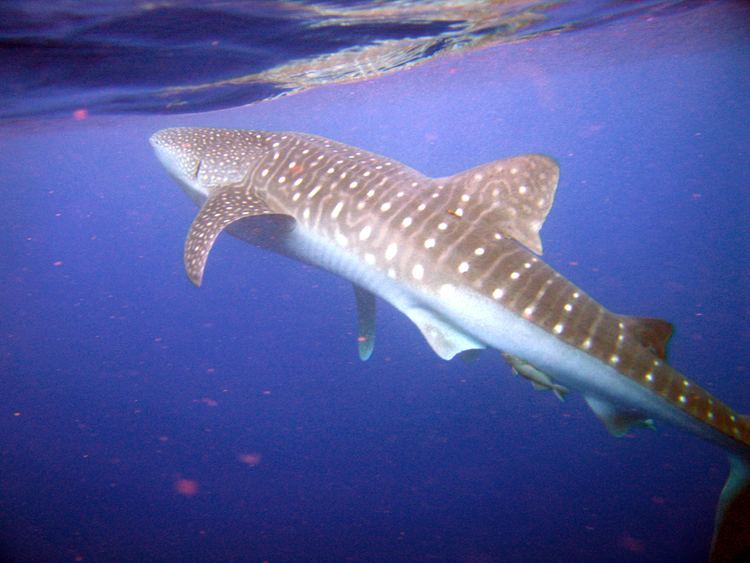 | ||
The republic of Honduras is a Central American country, geographically situated inside the tropics, this habitat allows thousand of species to adapt easily to its lands, therefore has a wide variety of flora and fauna species, humans among them.
Contents
Many of these species are becoming extinct, which has posed to the Honduran government, offices and naturalist organizations that promote and look after the protection so much the biodiversity of species, like the existent natural reservations.
Fauna in Honduras is very rich and varied. The most common are arboreal or live in the fluvial currents lacustrine waters.
Big animals are not very numerous but there are hundreds of reptile species, amphibians and birds; lizards and a lot of varieties of fish in the currents. Cute, bats and myriads of birds abound in the trees.
Climate
Since there is not cold station, thousands of varieties of insects grown on Honduras: wasps, ants, mosquitos, zancudos, jejenes and others.
Mammals
Among the mammals:
Birds
Birds are varied and very abundant, among which:
Reptiles
There are 264 species of reptiles known from Honduras, including 59 species that are endemic to the country. These include chrocodilians (two species, the spectacled caiman Caiman crocodilus and the American crocodile Crocodylus acutus), lizards (103 species), snakes (142 species), and turtles (17 species).
The reptiles include the following:
Amphibians
There are 137 species of amphibians (frogs, toads, salamanders, and caecilians) known from Honduras, including 52 species that are endemic to the country. Anurans are the most species-rich group (97 species), followed by salamanders (38 species) and caecilians (2 species). While new species are still expected to be discovered, chytridiomycosis and deforestation are threats to the amphibian fauna. At least one species, the frog Craugastor chrysozetetes, is believed to be extinct.
Coral
The coasts of Honduras, to the north and east are on the Caribbean and in the south by the Gulf of Fonseca. In the turquoise waters of the Sea Caribbean can appreciate by means of diving the Coral reefs with their diversity of calcareous seaweeds, red seaweeds, (Rhodophyta), like marine meadows, among other aquatic plants that tackle a natural ecosystem.
Among the fauna that can be found on the Honduran coasts, are the Shark whale, dolphins,a variety of tropical fish, shrimp (Caridea) and many other species.
